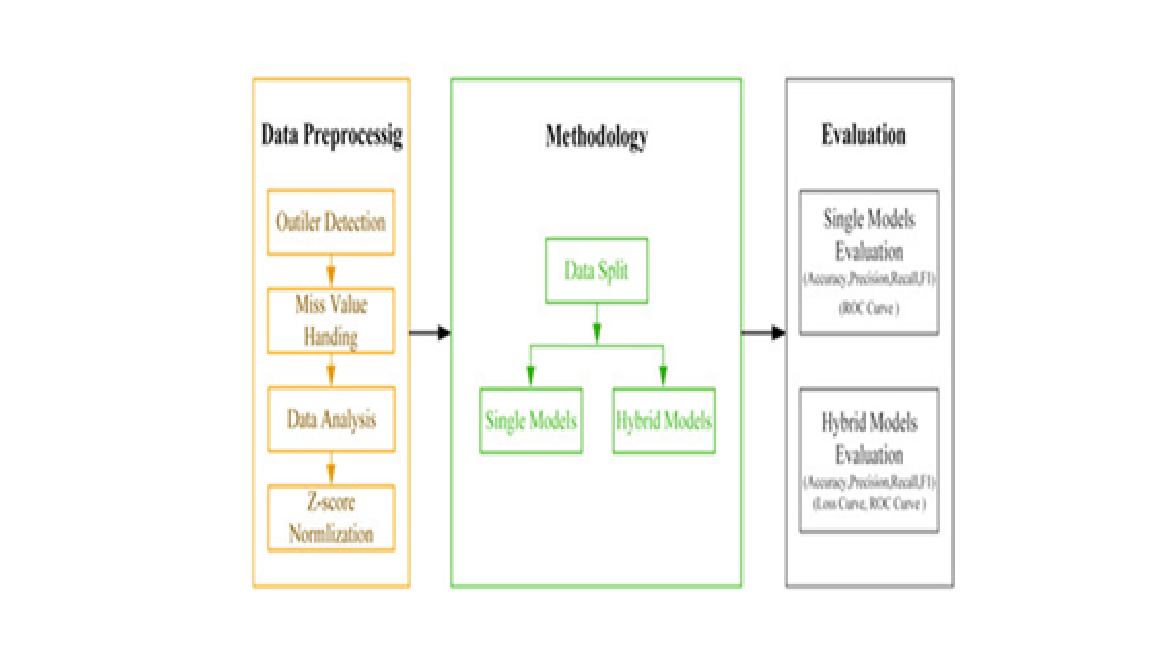Machine Learning-Based Classification of Waterborne Diseases
Main Article Content
Abstract
Water pollution is a significant threat to public health and environmental stability. Conventional water quality monitoring systems are frequently labor-intensive, time-consuming, and do not possess real-time evaluation capabilities. In this paper, a machine learning-based approach to water quality evaluation and disease prediction is put forward to mitigate these shortcomings. The architecture combines a number of essential elements, such as data collection and preprocessing, data balancing and imputation, temporal pattern mining, and disease classification by machine learning algorithms like Random Forest and Gradient Boosting Machine. It also includes WHO compliance monitoring and a real-time adaptive alert system to improve predictive accuracy and minimize false positives. The platform makes use of advanced analytics and predictive modeling to allow for early warning of waterborne disease, resource allocation optimization, and proactive intervention. Outcomes indicate machine learning improves contamination detection, risk estimation, and disease outbreak prediction considerably. Automated and data-driven, this process is essential for the provision of safe drinking water and the prevention of waterborne disease occurrence, in turn supporting public health and environmental sustainability.
